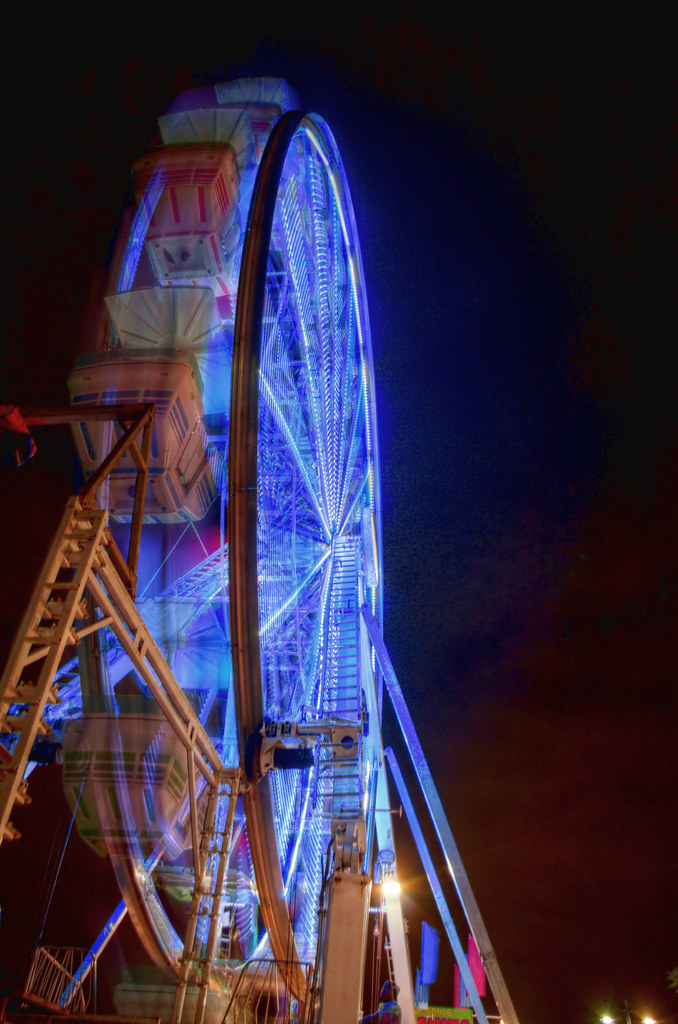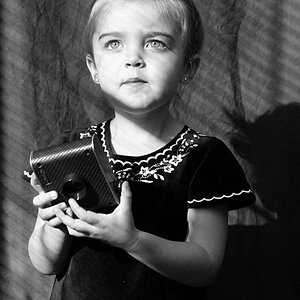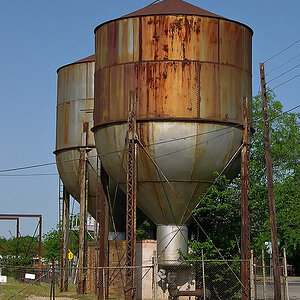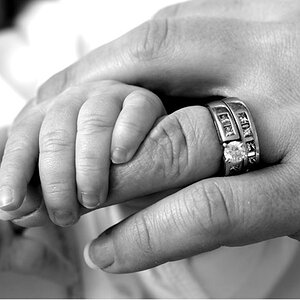fmw
No longer a newbie, moving up!
On occasion I buy cameras that I think I can sell for a profit. My last purchase was a Pentax K-01 mirrorless.

 The idea of this camera was to provide a mirrorless camera with an APS-C sensor and the ability to use the manufacturer's full line of DSLR lenses. It arrived with an 18-55 Pentax K mount kit lens. The camera is heavier than the typical mirrorless and certainly fatter to provide for the ability to mount Pentax K lenses. But it is really a super camera with outstanding image quality. But it died and has been replaced with the Pentax Q cameras with a smaller sensor and without the K mount.
The idea of this camera was to provide a mirrorless camera with an APS-C sensor and the ability to use the manufacturer's full line of DSLR lenses. It arrived with an 18-55 Pentax K mount kit lens. The camera is heavier than the typical mirrorless and certainly fatter to provide for the ability to mount Pentax K lenses. But it is really a super camera with outstanding image quality. But it died and has been replaced with the Pentax Q cameras with a smaller sensor and without the K mount.
The kit lens is well made and optically excellent. I wish Nikon made kit lenses this good.
I wonder why people didn't take to it. Was it ignorance of the value of the larger sensor and DSLR lens mount? Was it just a little larger than other mirrorless cameras? Did people not like the cosmetics? I'm baffled. This great little camera should have been a success.


The kit lens is well made and optically excellent. I wish Nikon made kit lenses this good.
I wonder why people didn't take to it. Was it ignorance of the value of the larger sensor and DSLR lens mount? Was it just a little larger than other mirrorless cameras? Did people not like the cosmetics? I'm baffled. This great little camera should have been a success.




![[No title]](/data/xfmg/thumbnail/36/36677-3b91df53323d0850489794f28b3b9800.jpg?1619737677)







![[No title]](/data/xfmg/thumbnail/41/41795-6bc3a19e590a6be6bd169ab2acaee30d.jpg?1619739896)

